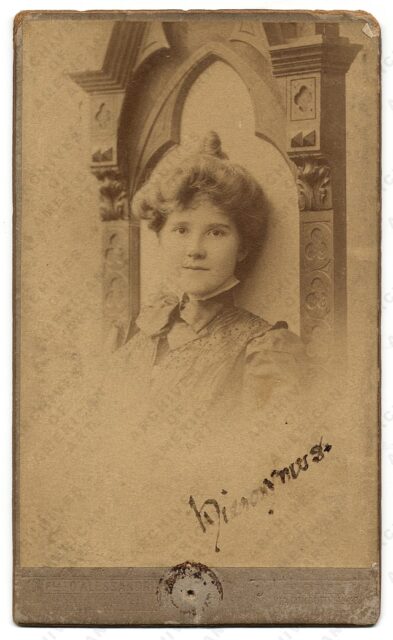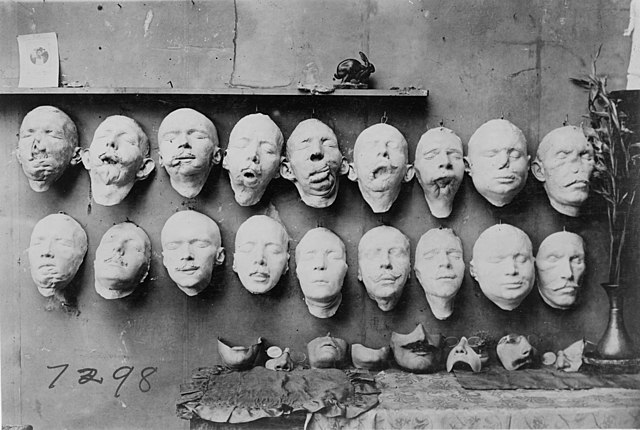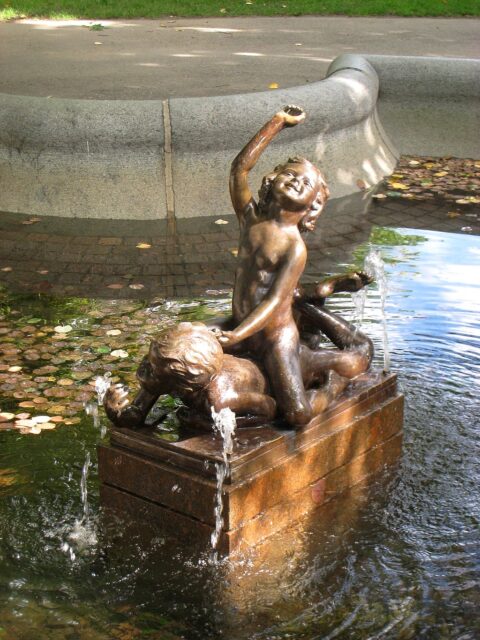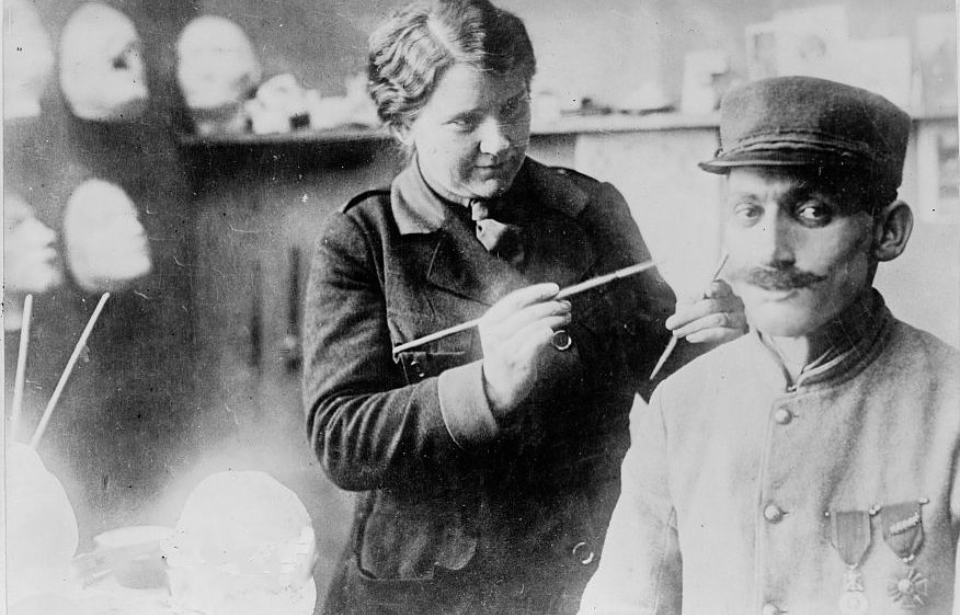People who devote their lives to helping others are always worthy of recognition, and one of them is Anna Coleman Ladd, who selflessly used her talents to help soldiers who’d suffered injuries or facial deformities as a result of their service during World War I.
Anna Coleman Ladd always pushed herself when it came to art

Anna Coleman Ladd was born in Philadelphia, Pennsylvania on July 15, 1878, to John and Mary Watts. She received an education at various private schools in Europe, and, in 1905, married Dr. Maynard Ladd. Shortly after, the couple decided to relocate to the city of Boston, where the aspiring artist studied for three years at the Boston Museum School.
Ladd was a passionate woman who often challenged herself to surpass her previous achievements in her artistic and professional endeavors. She even wrote two works of literature: a sendup of Boston’s society, titled The Candid Adventurer, and Hiernoymus Rides: Episodes in the Life of a Knight and Jester at the Court of Maximilian, King of the Romans, a medieval romance. On top of all this, she was also a playwright who wrote several unproduced works.
With a passion for painting, Ladd was well-regarded for her success, and she was one of the only artists allowed to produce a portrait of actress Eleanora Duse. She also painted mythological characters.
Establishing the Studio for Portrait-Masks

In 1917, a year before the First World War came to an end, Anna Coleman Ladd established the American Red Cross Studio for Portrait-Masks in Paris, France. She founded the studio to create facial prosthetics for soldiers who weren’t fortunate enough to make it out of the conflict without injury.
Ladd didn’t run the studio by herself. She had the support of English sculptor Francis Derwent Wood, who finalized the masks in his own studio, which was known as the Tin Noses Shop. Creating the masks wasn’t an easy job, but for someone like Ladd, who brought perfection to everything she touched, it wasn’t a mission impossible.
Photographers would capture the facial disfigurements of the soldiers to compare them with their older photos, after which Ladd would model the masks in either clay or plasticine. The results were used to construct the prosthetics from incredibly thin pieces of galvanized copper. They were then painted to resemble the recipients’ skin, and hair, eyebrows and mustaches were added.
The process was complete once the prosthetics were adorned with either eyeglasses or strings for retention.
Crafting 185 masks for wounded soldiers

In a year and a half of hard work, Anna Coleman Ladd and her team sculpted 185 masks. Her work was recognized and admired by many and, in 1932, she was awarded the Croix de Chevalier de l’Ordre de la Légion d’Honneur and the Serbian Order of Saint Sava.
Following WWI, Ladd modeled a war memorial of a decayed corpse on a barbed wire fence for the Manchester-by-the-Sea American legion. Another sculpture called the Triton Babies is on display in the Boston Public Garden.
Ladd retired to California with her husband in 1936, where she passed away three years later. Besides the meaningful labor and beautiful art pieces she left behind, she’s remembered as a woman who devoted her life to helping wounded soldiers continue to live normally.
More from us: Parenting Her Children Saved Jackie Kennedy From Misery After JFK’s Death
Today, her work is correlated to anaplastology, a branch of medicine dealing with the prosthetic rehabilitation of facial and bodily deformities. Although the term was coined by Walter G. Spohn, Ladd remains the pioneer of the practice.
